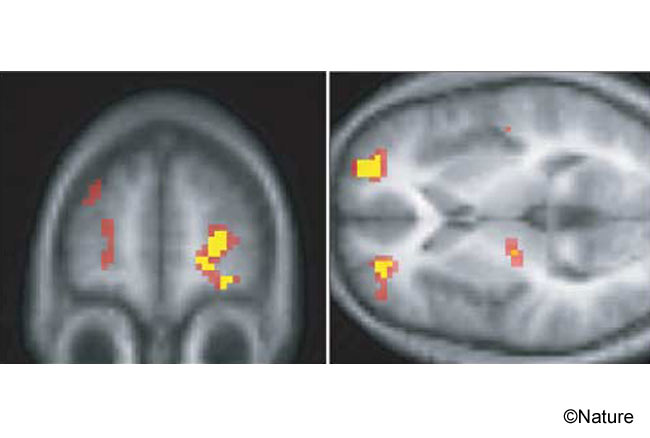Battle in the Brain: How We Make Tough Choices

If you've ever had a headache while trying to choose between a sure thing and a more risky option with higher rewards, it might be because conflicting parts of your brain are waging war against each other.
A new study found regions in the brain that are active when a person decides whether to exploit a known commodity or explore a potentially better option.
The finding, published in the June 15 issue of the journal Nature, suggests that in order to explore new and potentially rewarding options, the brain must override the desire for immediate profit.
The researchers analyzed study participants' brain activity as they played a gambling game with four animated slot machines. The machines had various reward patterns, and the machine with the highest payout alternated randomly during each session.
After the game, 11 of the 14 the participants reported occasionally trying the different machines to figure out which one currently had the highest payout (exploring), while sticking to their machine when they thought they were on the big money-maker (exploiting).
As the participants were deciding to explore for higher rewards, regions of the brain located behind the forehead and associated with logic became active. If they chose to exploit, regions deeper in the brain associated with pleasure and reward were more active.
"You have logic pitted against these areas that are more associated with pleasure and value," said study co-author Nathaniel Daw of University College London. "Do you want to wait 10 minutes to eat two cookies or eat one cookie now?"
Get the world’s most fascinating discoveries delivered straight to your inbox.
Having that one cookie now caters to the immediate desire for pleasure, but waiting a little while for two cookies may be the more logical option.
"By exploring, you're forgoing the comfortable option in order to do something that might be better in the long run," Daw told LiveScience.
These types of decisions play an important role in an organism's survival ability. For example, should a deer stick to reliable but meager pastures or expose itself to predators in a search for potentially greener grass.


